*웨어하우스 [ pbm ] Where’s House Warehouse
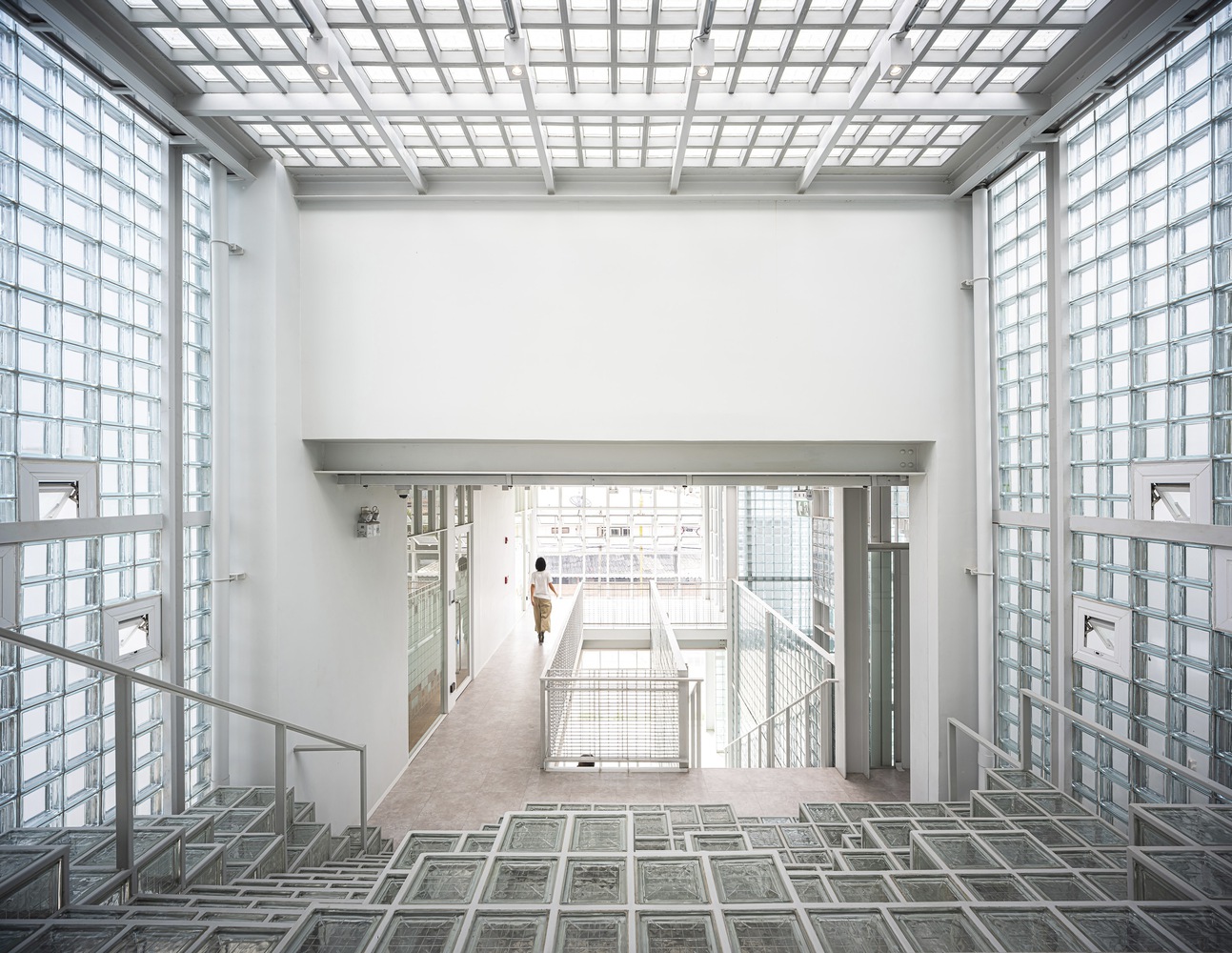
 |
 |
 |
pbm-Where’s House Warehouse
건축의 영역에서 Where's House Warehouse는 주거, 업무, 보관, 공동 교류의 기존 경계를 뛰어넘는 다목적 공간으로 부상하고 있습니다. 태국 농업 부문을 위한 백신 수입 및 영양제 유통 전문 회사의 중심 허브 역할을 하는 이 건물은 건물 사용자의 삶의 질을 최우선으로 고려하여 설계되었습니다. 기존 본사가 운영되고 있는 상황에서 주거 지역 입구에 위치한 새로운 사무실 겸용 하이브리드 창고로 보관 공간을 확장할 필요성이 제기되었습니다. Where's House Warehouse의 컨셉은 "건축의 경계를 허물다"라는 개념에 뿌리를 두고 있습니다. 이 혁신적인 건축 접근 방식은 다양한 공간 기능, 특히 집과 사무실, 상황 사이의 전통적인 경계에 도전하고 이를 해체하는 것을 목표로 합니다. 아워스 하우스 웨어하우스는 하나의 구조 안에 다양한 기능을 매끄럽게 통합하여 공간에 대한 기존의 인식을 재정의하고자 합니다.. translate by DeepL






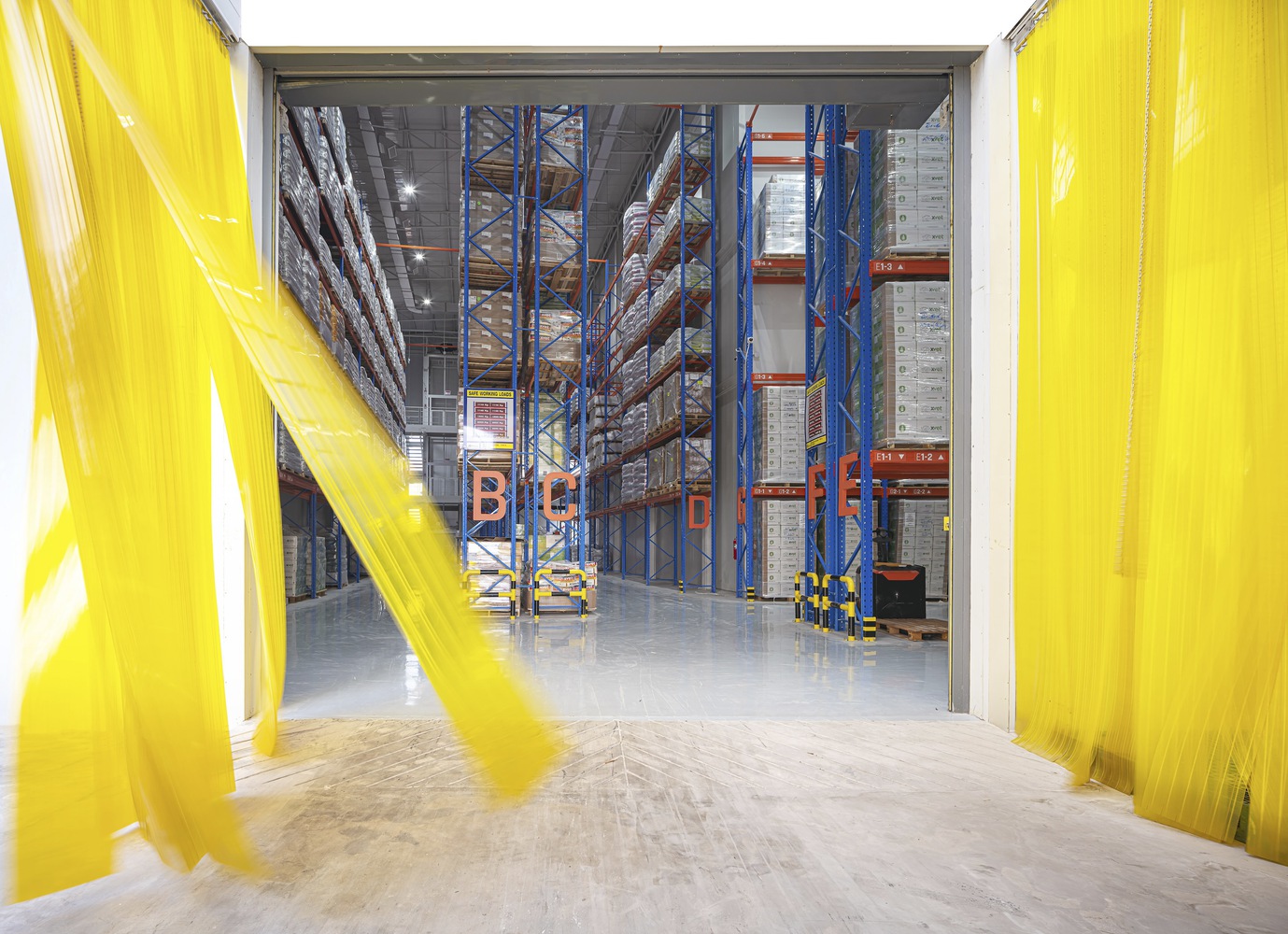

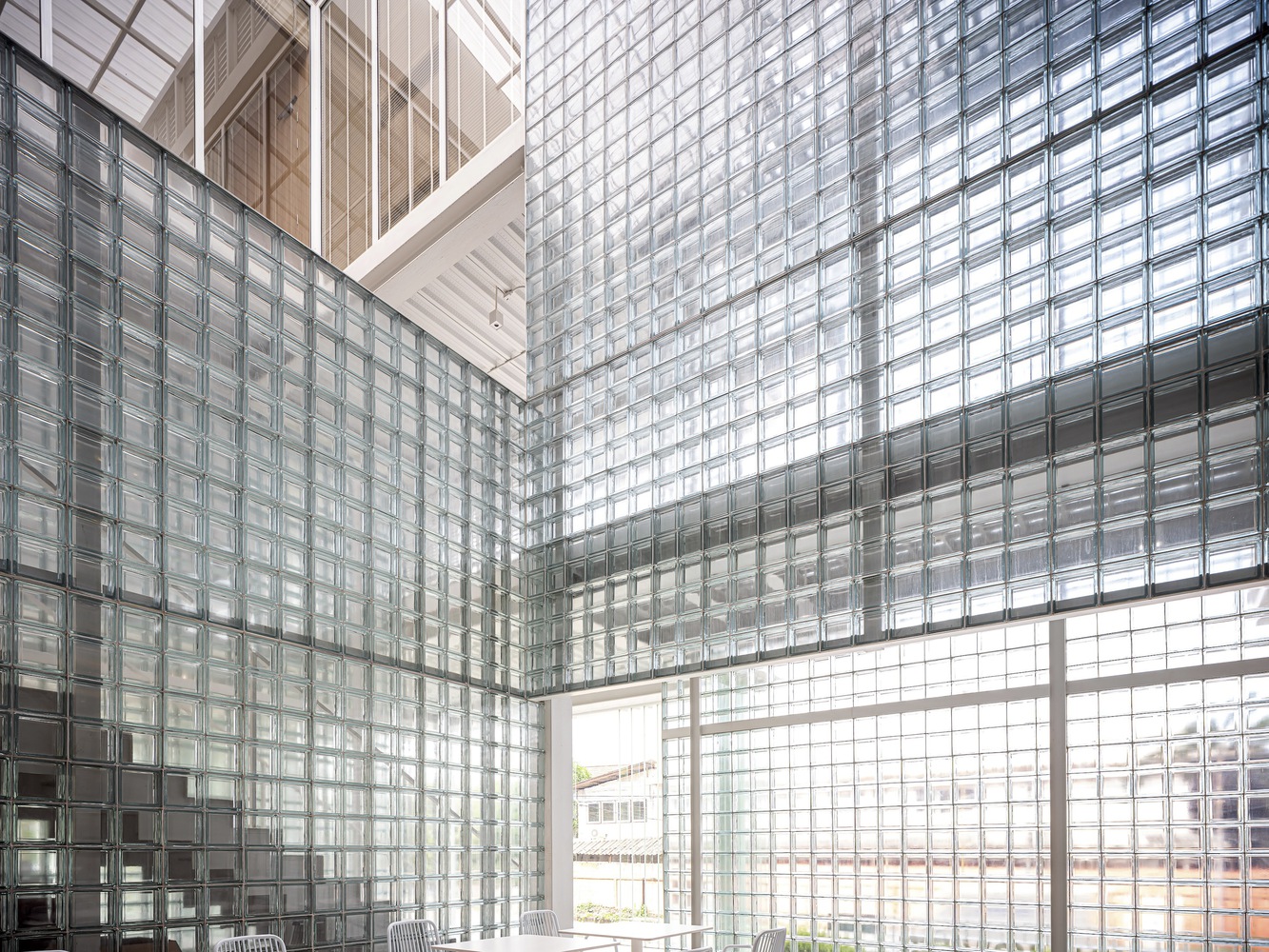


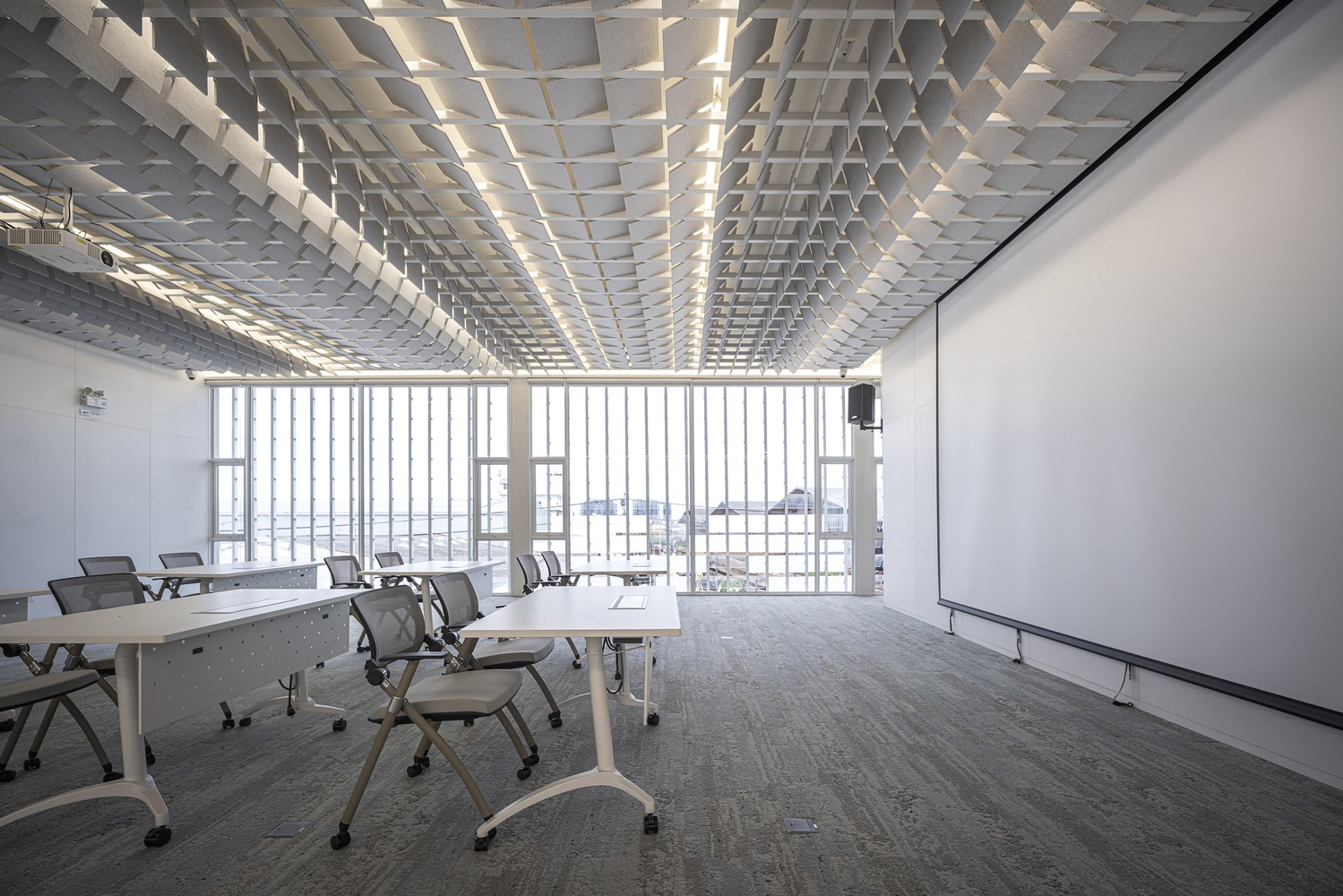

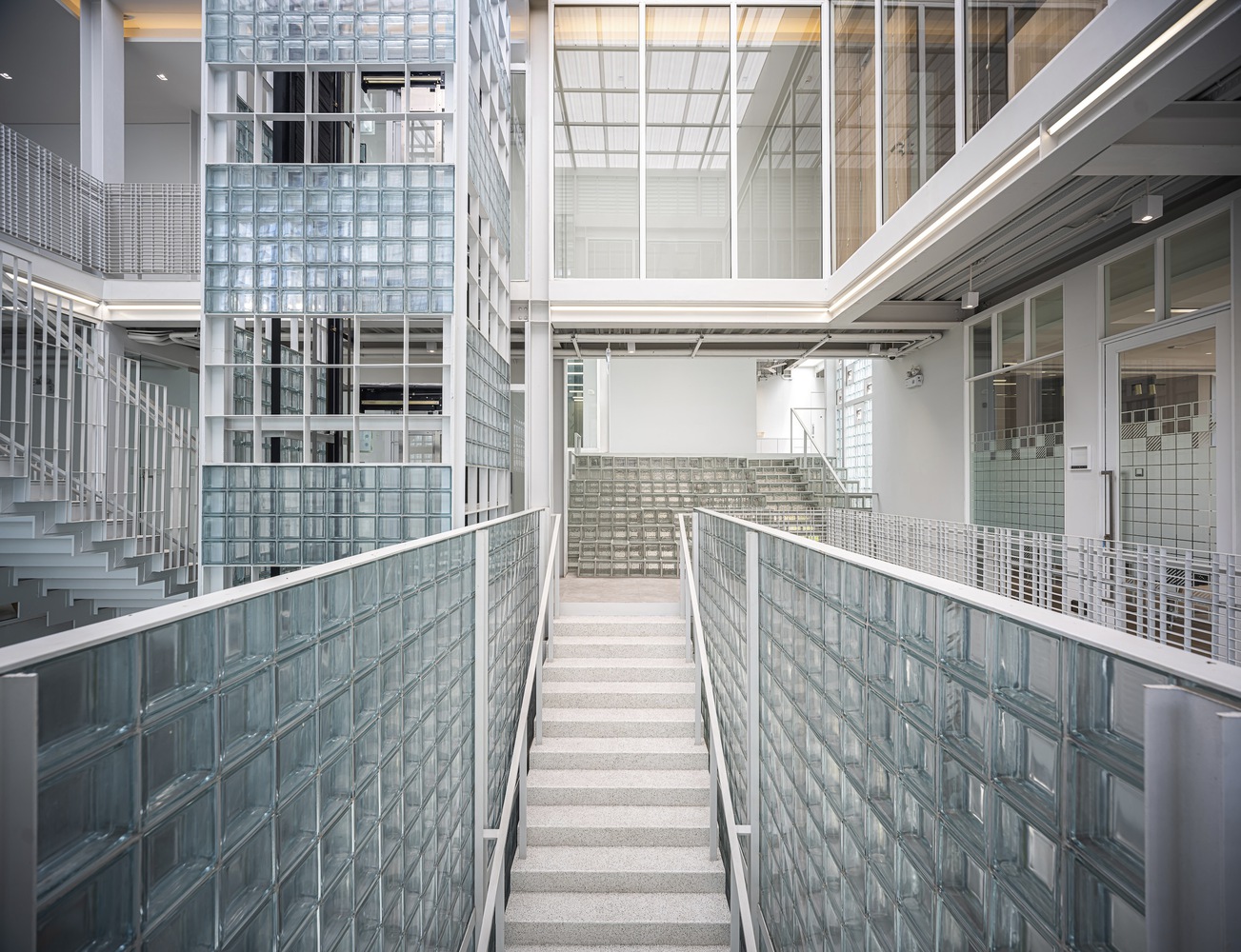
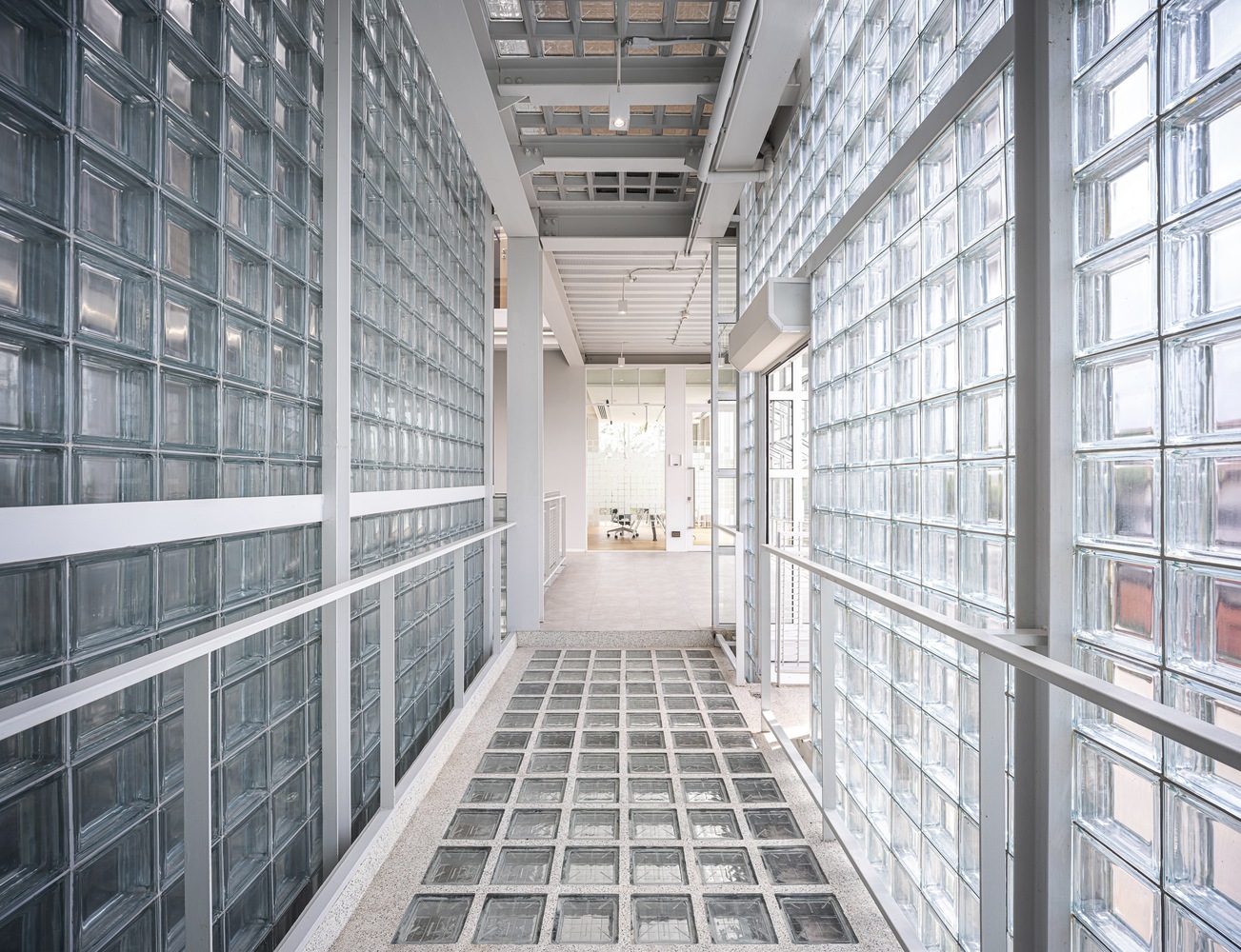



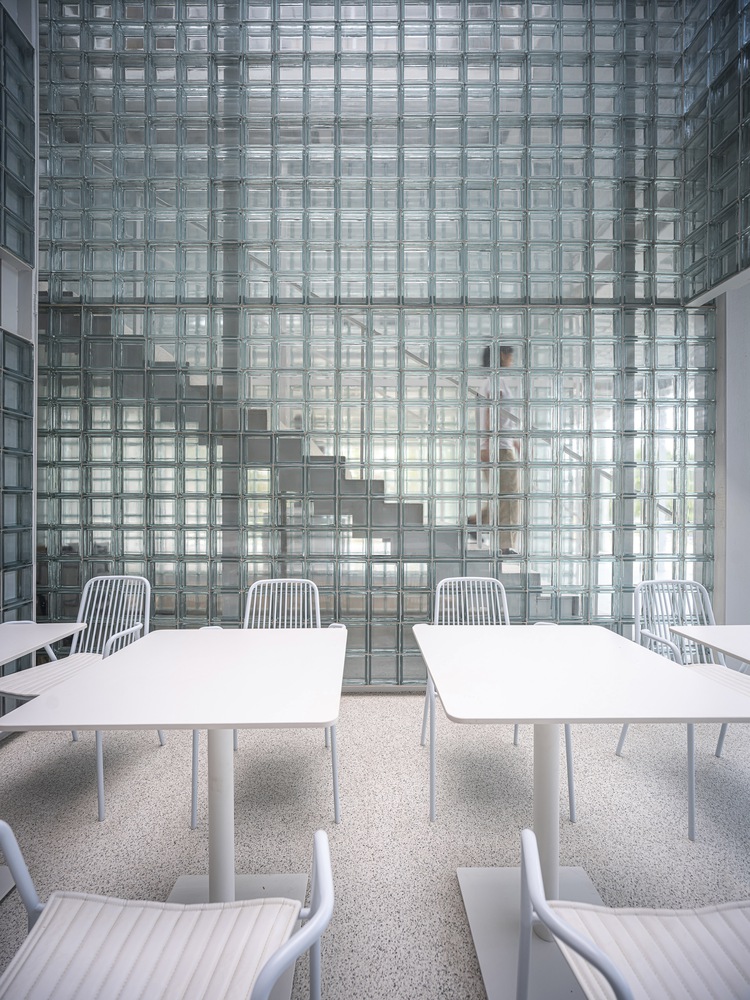


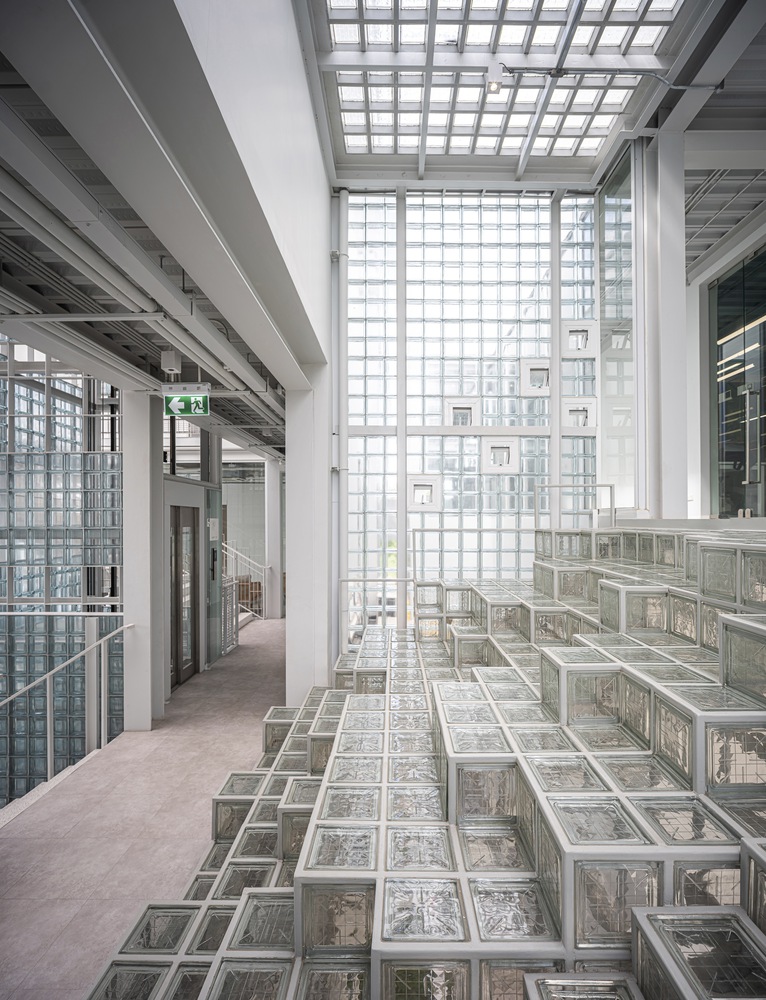

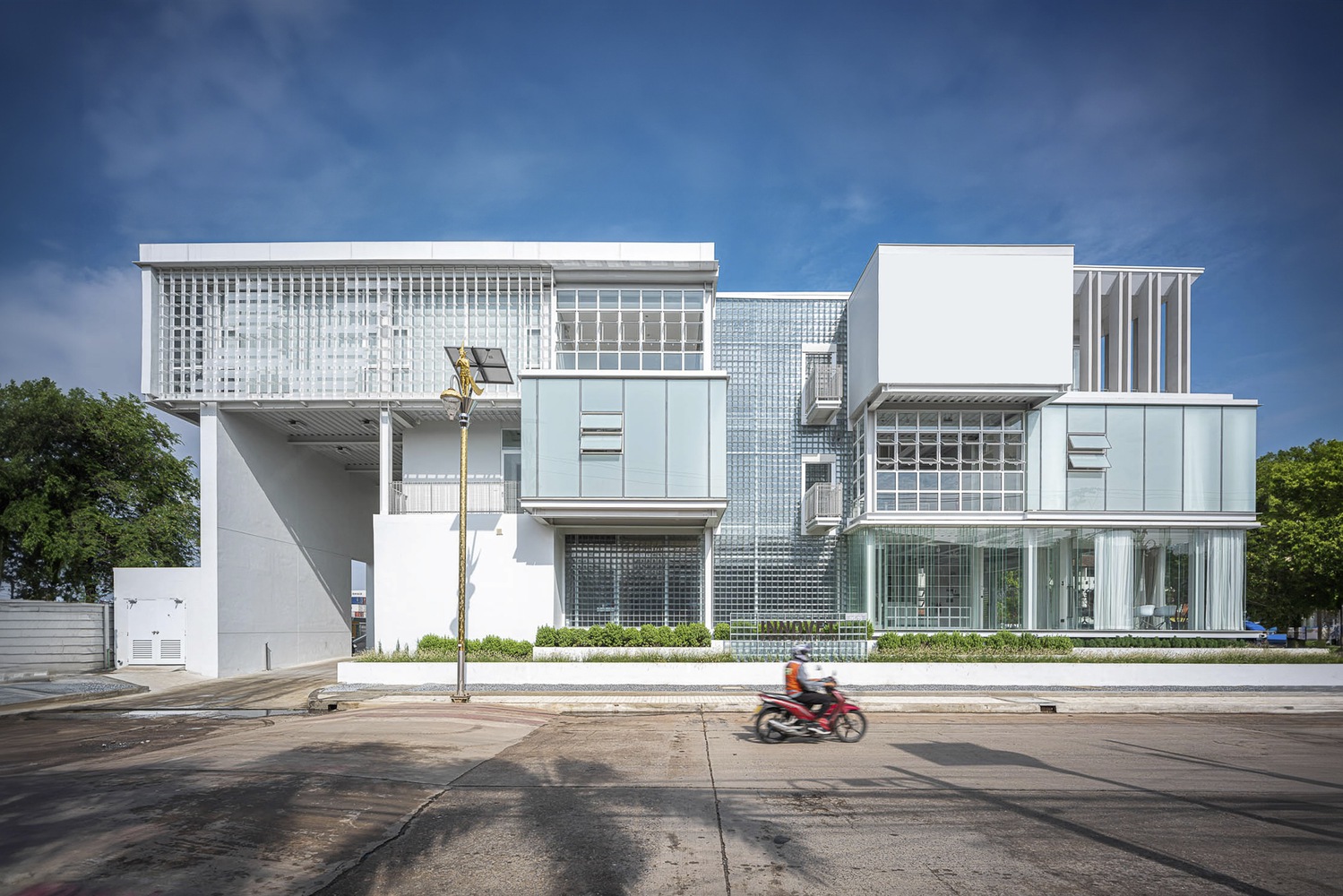
In the realm of architecture, the Where's House Warehouse emerges as a versatile space that transcends the conventional boundaries of living, working, storage, and communal interaction. The design prioritizes the quality of life for the building's users, serving as the central hub for a company specializing in importing vaccines and nutritional supplement distribution for the agricultural sector in Thailand. With the existing main office in operation, the need arose to expand storage space into a new office-warehouse hybrid located at the entrance of a residential area.
The concept behind Where's House Warehouse is rooted in the notion of "Blurring the Boundaries of Architecture." This innovative architectural approach aims to challenge and dissolve traditional demarcations between different spatial functions, notably between home, office, and context. Where's House Warehouse seeks to redefine the conventional perception of spaces by seamlessly integrating various functionalities within a singular structure.
The architectural concept focuses on breaking down physical barriers, fostering fluidity, and encouraging interaction among the different zones within the building. By doing so, it establishes a dynamic environment that promotes adaptability and versatility while promoting a sense of interconnectedness. This approach is realized through strategic design elements such as open-plan layouts, viewed as an 'air drying office,' aiming to maximize natural light and efficient air circulation throughout public areas such as central spaces and hallways. The building's form avoids being entirely enclosed, eliminating the need for air conditioning in every space while promoting a sustainable and pleasant environment.
The heart of the design lies in the use of glass blocks throughout the building. This material not only reflects the business identity, focusing on distributing vaccines and livestock supplements for the agricultural sector, but also emphasizes cleanliness and hygiene. The design philosophy of a clean, minimalist aesthetic is further accentuated by the abundant use of natural light, providing a sense of openness and privacy for passersby. It serves to delineate functional boundaries within and outside the building, creating a harmonious blend in terms of both perspectives and functionality. The circular and translucent nature of glass blocks resonates with the village's surrounding context.
from archdaily